
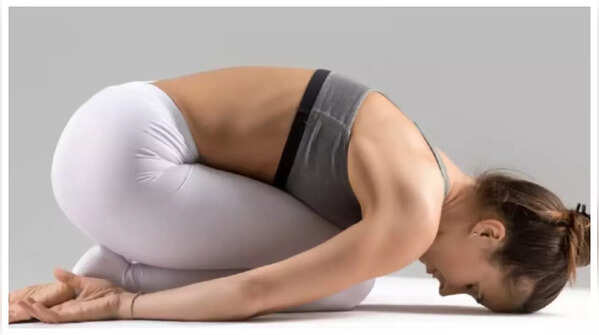
2/6
Balasana
Balasana, also called the Child’s Pose, is a gentle resting pose that calms the mind and relieves tension in the back and neck—common areas that trigger headaches.
How to do it:
Kneel on the floor with big toes touching and knees spread apart.
Sit back on your heels and stretch your arms forward on the floor.
Rest your forehead gently on the mat and breathe deeply.
This pose helps reduce stress and relaxes your nervous system, which can lower headache frequency and intensity. Studies show yoga improves autonomic balance by increasing parasympathetic (rest and digest) activity, helping reduce migraine symptoms.
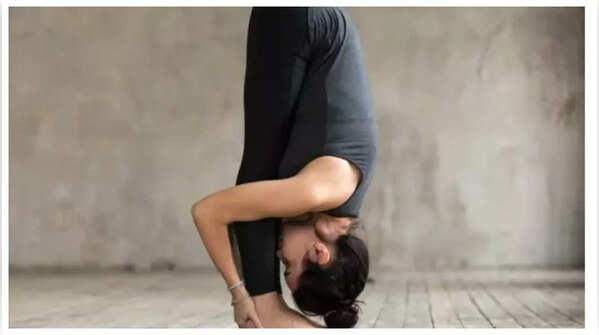
3/6
Uttanasana
Uttanasana, also called the Standing Forward Bend, stretches the back, neck, and hamstrings, improving blood flow to the brain and relieving tension headaches.
How to do it:
Stand with feet hip-width apart.
Slowly bend forward from the hips, letting your head hang heavy toward the floor.
Keep knees slightly bent if needed.
Hold your elbows or let your hands rest on the floor.
This inversion increases circulation and calms the nervous system. It also helps release muscle tightness in the neck and shoulders, that are common migraine triggers.
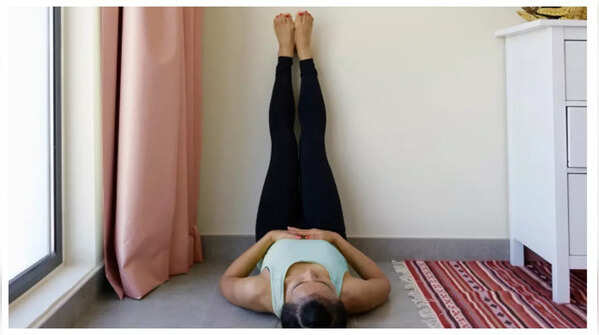
4/6
Viparita Karani
Viparita Karani, also called Legs-Up-The-Wall Pose, is a restorative pose that gently reverses blood flow and relaxes the body deeply.
How to do it:
Sit next to a wall and lie back.
Swing your legs up the wall so your body forms an “L” shape.
Keep arms relaxed by your sides and breathe slowly.
This pose reduces stress and fatigue, improves circulation to the head, and calms the nervous system. Research shows yoga increases vagal tone (parasympathetic activity), which can reduce migraine frequency and intensity.
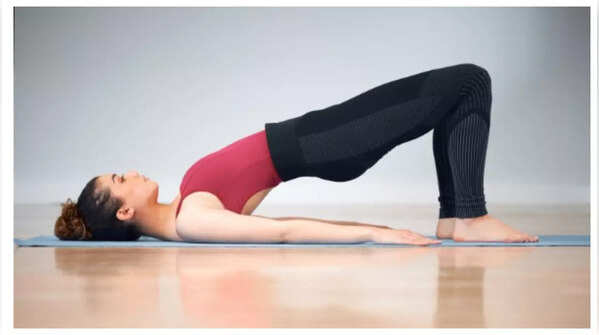
5/6
Setu Bandhasana
Setu Bandhasana, also known as Bridge Pose, opens up the chest and neck, improving oxygen flow and relieving tension that can cause headaches.
How to do it:
Lie on your back with knees bent and feet hip-width apart on the floor.
Press your feet and arms into the floor and lift your hips toward the ceiling.
Clasp your hands under your back or keep arms by your sides.
Hold for several breaths, then slowly lower down.
This pose strengthens the back and neck muscles while stimulating the thyroid gland, which helps regulate hormones that may influence migraine.
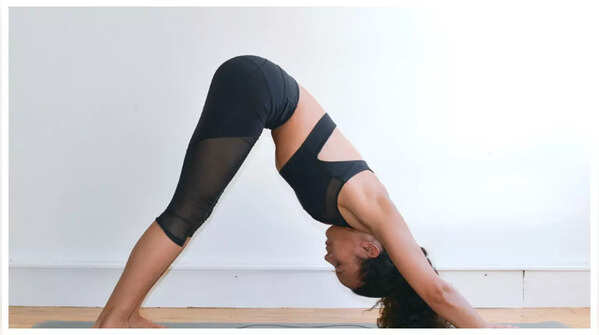
6/6
Adho Mukha Svanasana
This classic yoga pose, also known as Downward-Facing Dog, stretches the entire body, especially the back, neck, and shoulders, relieving tension headaches.
How to do it:
Start on your hands and knees.
Lift your hips up and back, straightening your legs and arms to form an inverted “V.”
Keep your head between your arms and gaze toward your feet.
Hold and breathe deeply.
Downward Dog improves blood flow to the brain and stretches muscles that often tighten during migraine episodes. It also helps reduce stress and anxiety, common migraine triggers.
Follow Us On Social Media

 13 hours ago
37
13 hours ago
37





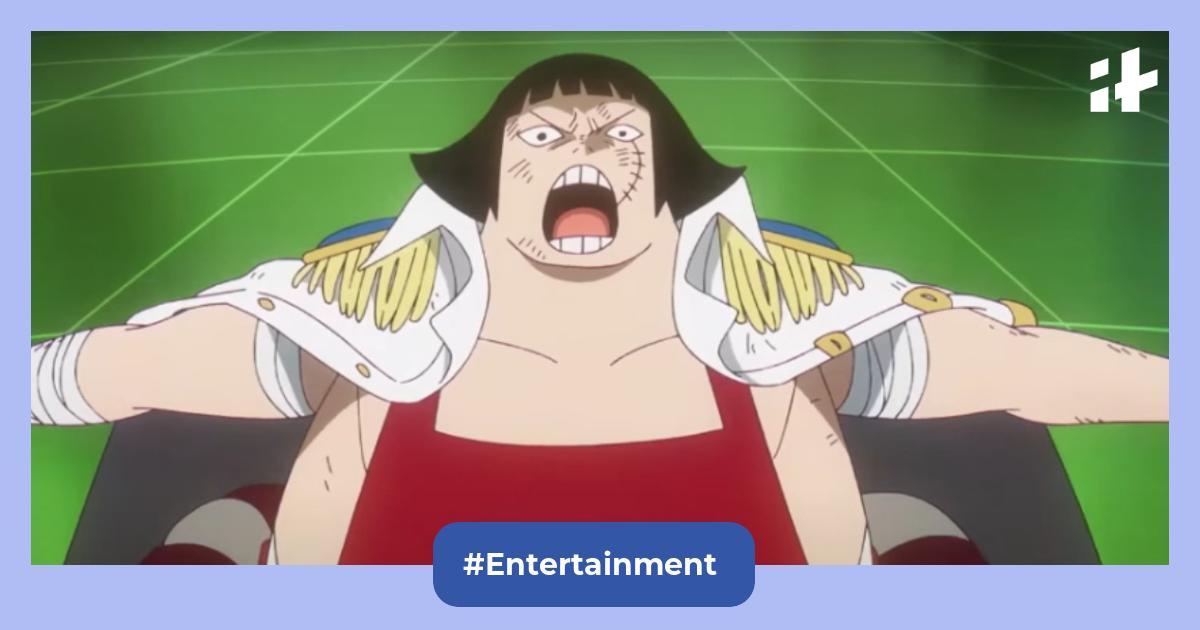











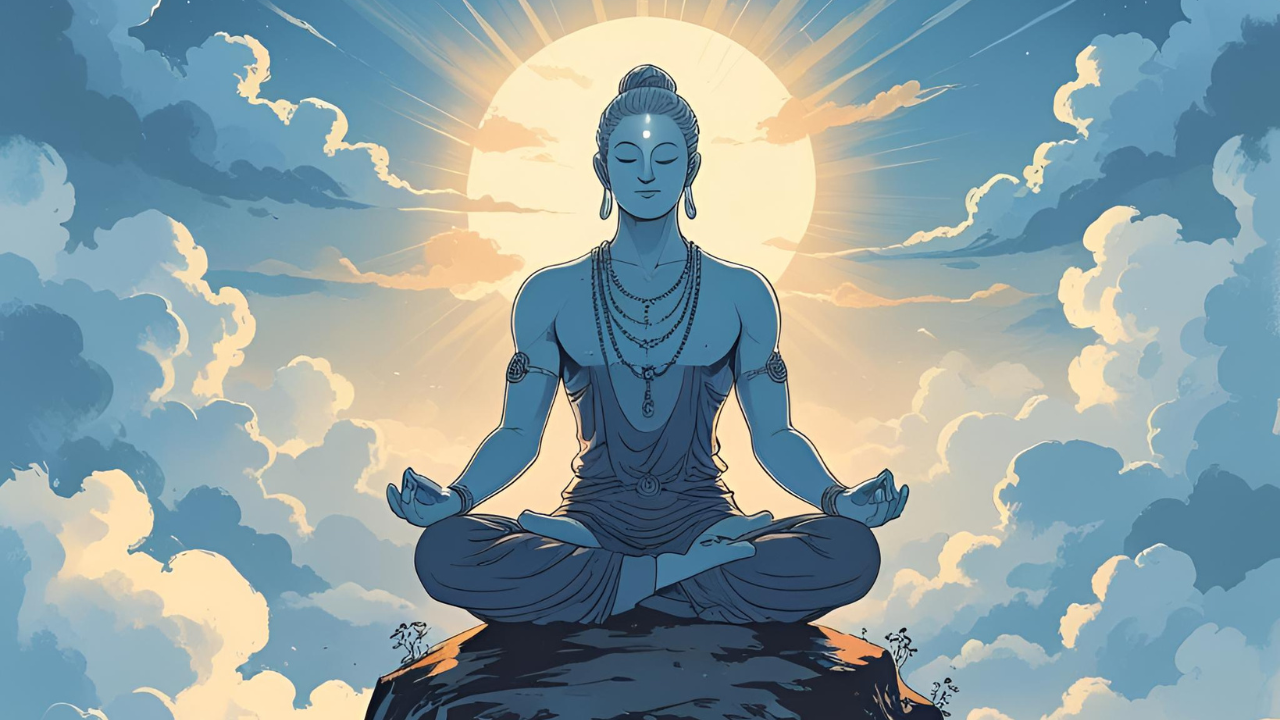










 English (US)
English (US)